Orange Danish Tea Cake
The inspiration for this tea cake came from orange sweet rolls I had as a kid. If you are American you probably know the ones I'm talking about - the Pillsbury orange sweet rolls sold in a tube in the refrigerated section? If you don't know them, I'm sure you can imagine a warm, soft cinnamon bun covered in creamy, orange-flavored icing.
The soft dough and orange, cinnamon flavors are what I wanted to honor and recreate, but in a more wholesome and "I could make this any day of the week" convenient sort of way. I think I nailed it.
This tea cake hits all the high notes. The orange and cinnamon flavors come through in a light, not dense, crumb. And though not entirely necessary, it is topped with a creamy, barely sweet, tangy icing that takes it from a breakfast bread to an afternoon tea time treat. I use a combination of light spelt flour, almond flour, olive oil and Greek yogurt to create a tender, moist bread. The orange aroma from orange zest and juice permeate the cake and a simple dusting of cinnamon sugar on top of half the batter before pouring over the other half mimic the cinnamon swirled inside cinnamon rolls. The "icing" is made with quark, a fresh soft cheese popular here, similar to labneh or Greek yogurt, and barely sweetened with maple syrup and more orange zest. Other dairy alternatives for quark as well as suggestions for making the entire tea cake dairy free are in the recipe footnotes.
Orange Danish Tea Cake
Makes 1 loaf
- Zest 1 1/2 medium oranges
- 1/2 cup (81 gr) unrefined natural cane sugar (muscovado)
- 1/2 cup (125 ml) extra-virgin olive oil
- 2 large eggs, at room temp
- 1 cup (152 gr) light spelt flour
- 1/2 cup (63) almond flour
- 1 tsp. baking powder
- 1/4 tsp. baking soda
- 1 tsp. ground cinnamon
- 1/2 tsp. salt
- 1/3 cup (80 ml) Greek yogurt (or coconut milk)
- 2 Tbsp. (30 ml) orange juice
Cinnamon Sugar Layer
- 1 tsp. muscovado sugar
- 1 tsp. ground cinnamon
Topping
- 1/2 cup (131 gr) quark
- 1 1/2 Tbsp. maple syrup
- Zest from remaining 1/2 orange
- 1 Tbsp. orange juice
- Pinch salt
- Heat oven to 350°F/176°C. Pour a little olive oil in a 9x5" (23x13 cm) loaf pan and spread it around with your fingers to thoroughly coat bottom and sides.
- In a large bowl use your fingers to rub orange zest into sugar to release the oils. Whisk in oil until smooth. Add the eggs one at a time, and whisk until combined.
- In a small bowl combine flour, baking powder, baking soda, cinnamon, and salt.
- In another small bowl or measuring cup, combine Greek yogurt and orange juice.
- Add flour and liquid mixtures to the oil-sugar mixture, alternating between them, beginning and ending with flour. Do not overmix.
- In a small saucer, combine cinnamon sugar layer. Pour half the batter in prepared loaf pan. Sprinkle over cinnamon sugar, covering the entire surface up to all sides of the pan. Pour the remaining batter over the cinnamon sugar, gently spreading it from the center out to cover and smooth the top.
- Bake for 40 - 55 minutes, until a thin knife or toothpick comes out clean. (Mine took exactly 40 minutes in a convection oven.)
- Let tea cake cool in pan for 10 minutes, then run a knife around the sides and invert onto a cooling rack. Cool completely before topping.
- Make topping: Mix all ingredients in a small bowl. Spread over cooled cake. Slice and enjoy!
*Loaf cake technique adapted from Smitten Kitchen
Substitutions: Labneh or softened cream cheese (cut with some Green yogurt) can replace the quark.
Dairy-Free Substitutions: Make coconut cream to replace quark in the topping. And for the Greek yogurt in the cake, I have not tried it but imagine well-shaken full fat coconut milk would work well.
